 We are seeing an alarming increase in numbers with diabetes. To help diabetic clients to eat more healthy foods, here suggests a site www. diabeticrecipes.com (you can find this site in my references link) that has a great resource.
We are seeing an alarming increase in numbers with diabetes. To help diabetic clients to eat more healthy foods, here suggests a site www. diabeticrecipes.com (you can find this site in my references link) that has a great resource.
The Pancreas and Diabetes
The most common endocrine disorder, and a serious public health problem, is diabetes mellitus, a failure of the body cells to use glucose effectively. The excess glucose accumulates in the blood, causing hyperglycemia. Increased urination (polyuria) marks the effort to eliminate the excess glucose in the urine, acondition termed glycosuria. The result is dehydration and excessive thirst (polydipsia). There is also weakness, weight loss, and extreme hunger (polyphagia). Unable to use carbohydrates, the body burns more fat. This leads to accumulation of ketone bodies in the blood and a shift toward acidosis, a conditiontermed ketoacidosis. If untreated, diabetes will lead to starvation of the central nervous system and coma. Diabetic patients are prone to cardiovascular, neurologic, and vision problems, infections, and, sometimes, renal failure.There are two types of diabetes mellitus. Heredity seems to be a factor in the appearance of both. Type 1, also called juvenile-onset or insulin-dependent diabetes mellitus (IDDM), usually appears in children and teenagers. Globally, an estimated of 500,000 children under the age of 15 live with Type 1 diabetes. It is caused by a failure of the pancreatic islets to produce insulin, resulting, perhaps,from auto immune destruction of the cells. Because insulin levels are very low or absent, patients need careful monitoring and administration of this hormone. Blood sugar level may be tested multiple times during the day, and insulin may be given in divided doses by injection or by means of an insulin pump that deliversthe hormone around the clock (continuous subcutaneous insulin infusion; CSII). Diet must be carefully regulated to keep glucose levels steady. Insulin is obtained from animals and is now also made by genetic engineering.
Type 2 diabetes mellitus, also called adult-onset or non–insulin-dependent diabetes mellitus (NIDDM), accounts for about 90% of diabetes cases. Type 2 diabetes is initiated by cellular resistance to insulin. Feedback stimulation of the pancreatic islets leads to over production of insulin and then to reduced insulin production by the overworked cells. Metabolic syndrome (also called syndrome X or insulin resistance syndrome) is the term now used to describe a state of hyperglycemia caused by insulin resistance in association with some metabolic disorders, including high levels of plasma triglycerides (fats), low levels of high density lipoproteins (HDLs), hypertension, and coronary heart disease.
Most cases of type 2 diabetes are linked to obesity, especially upper body obesity. Although seen mostly in older people (hence the name adult-onset diabetes), the incidence of type 2 diabetes is increasing among younger generations (is growing alarming rate in children), presumably because of increased obesity, poor diet, and sedentary habits. Exercise and weight loss for the overweight are the first approaches to treating type 2 diabetes, and these measures oftenlead to management of the disorder. Drugs for increasing insulin production or improving cellular responses to insulin may also be prescribed, with insulin treatment given if necessary.
Gestational diabetes mellitus (GDM) refers to glucose intolerance during pregnancy. This imbalance usually appears in women with a family history of diabetes. Women must be monitored during pregnancy forsigns of diabetes mellitus, especially those with predisposing factors, because this condition can cause complications for both the mother and the fetus. Again, ensuring a proper diet is a first step to management, with insulin treatment recommended if needed.
Diabetes is diagnosed by measuring levels of glucose in blood plasma with or without fasting and by monitoring glucose levels in the blood after oral administration of glucose (oral glucose tolerance test; OGTT). Categories of impaired fasting blood glucose (IFG) and impaired glucose tolerance (IGT) are stages between anormal response to glucose and diabetes.
Excess insulin may result from a pancreatic tumor, but more often it occurs after administration of too much hormone to a diabetic patient. The resultant hypoglycemia leads to insulin shock, which is treated byadministration of glucose.
Here are some signs of diabetes to look out for:
- Frequent urination
- Excessive thirst
- Increased hunger
- Weight loss
- Tiredness
- Lack of interest and concentration
- Blurred vision
- Vomiting and stomach pain (often mistaken as the flu)
.jpg)






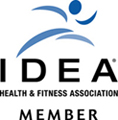
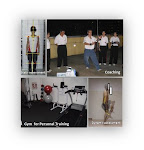
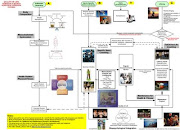




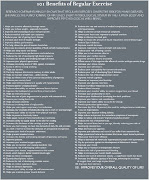






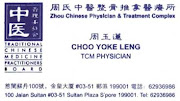



No comments:
Post a Comment